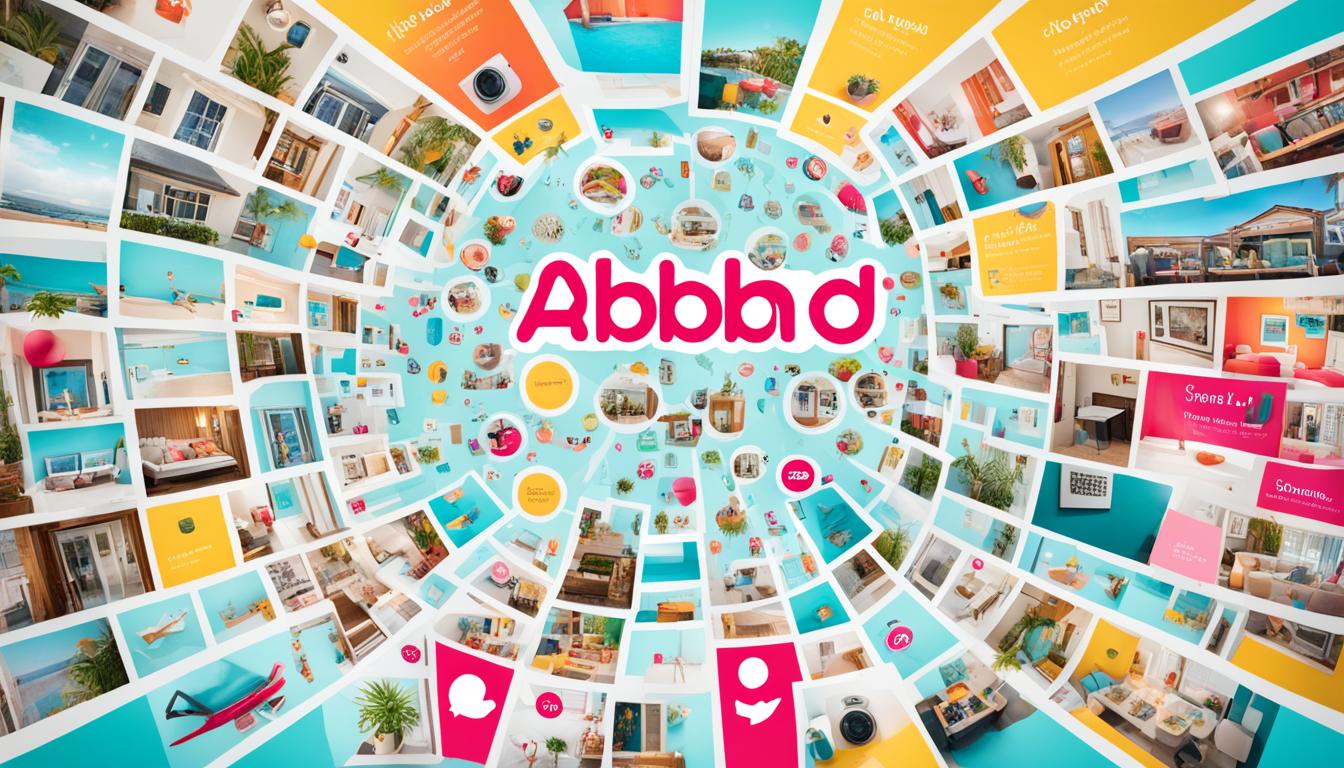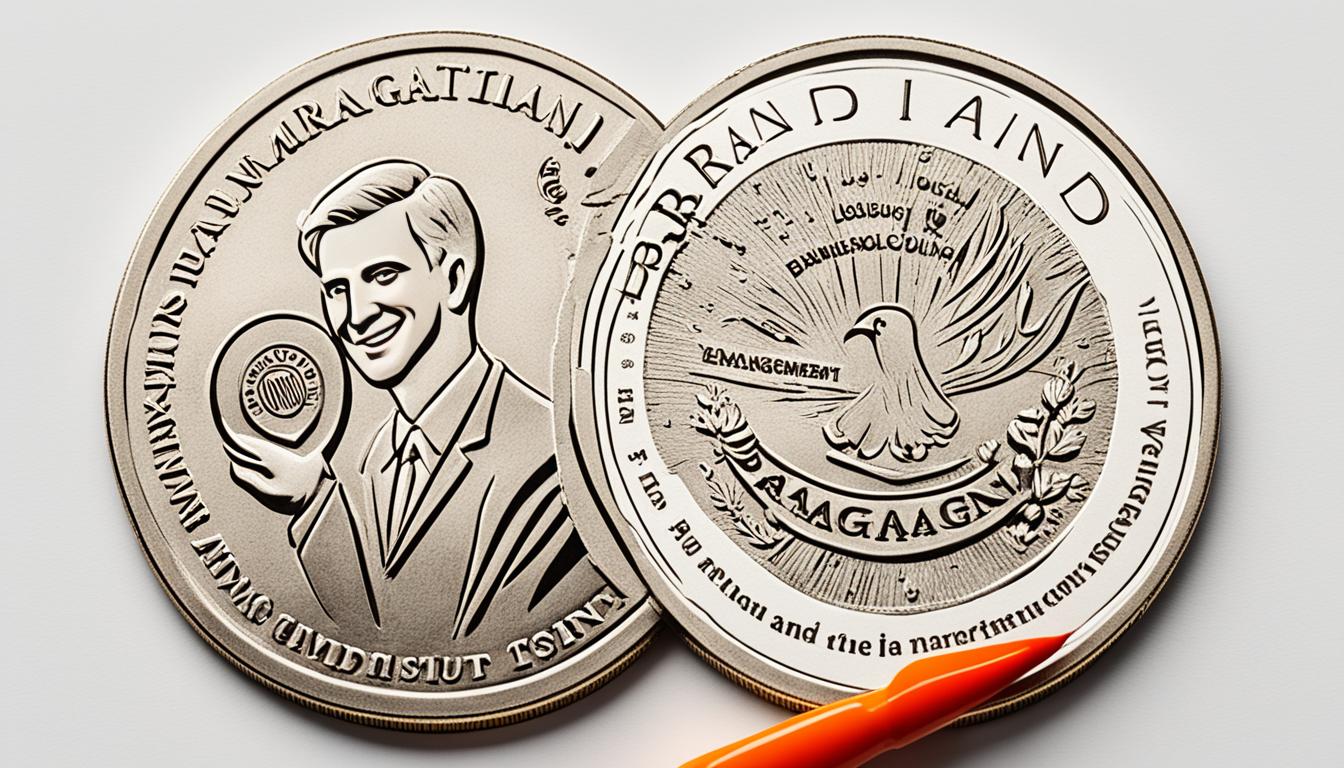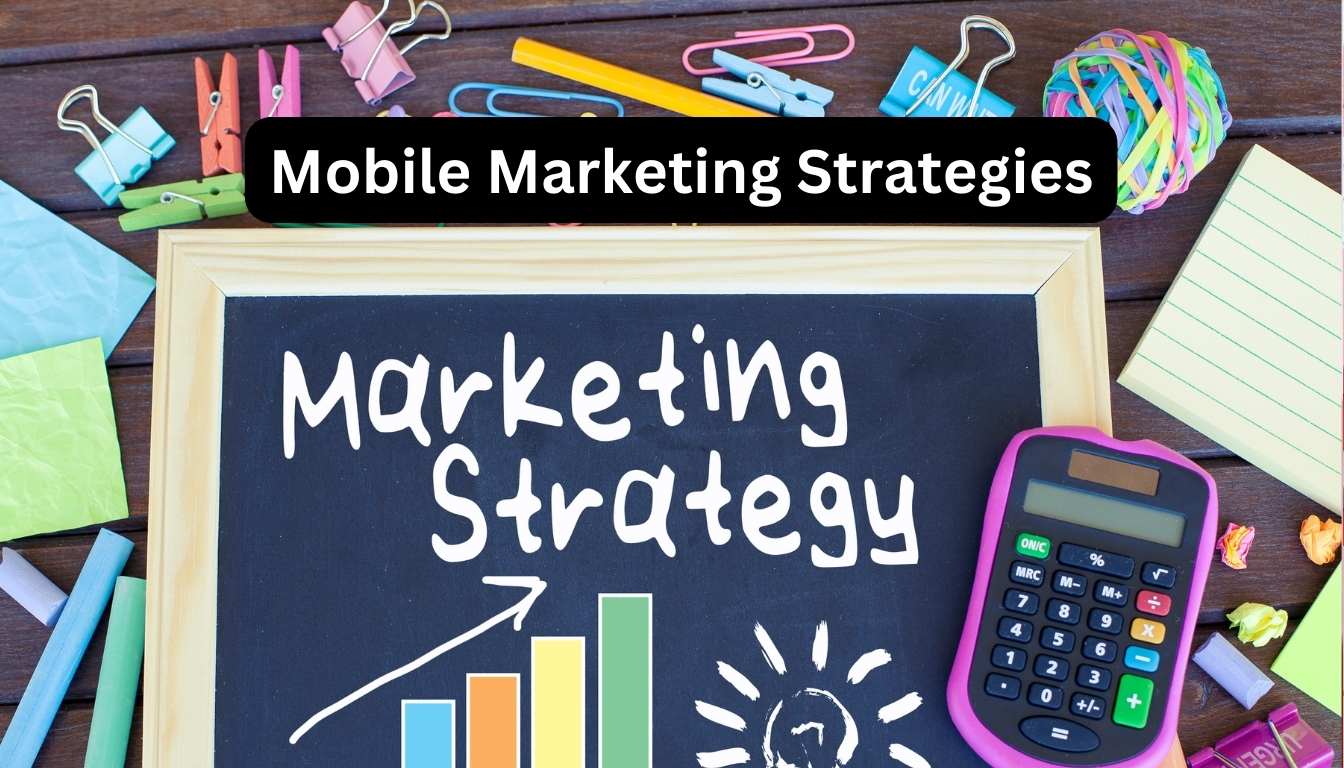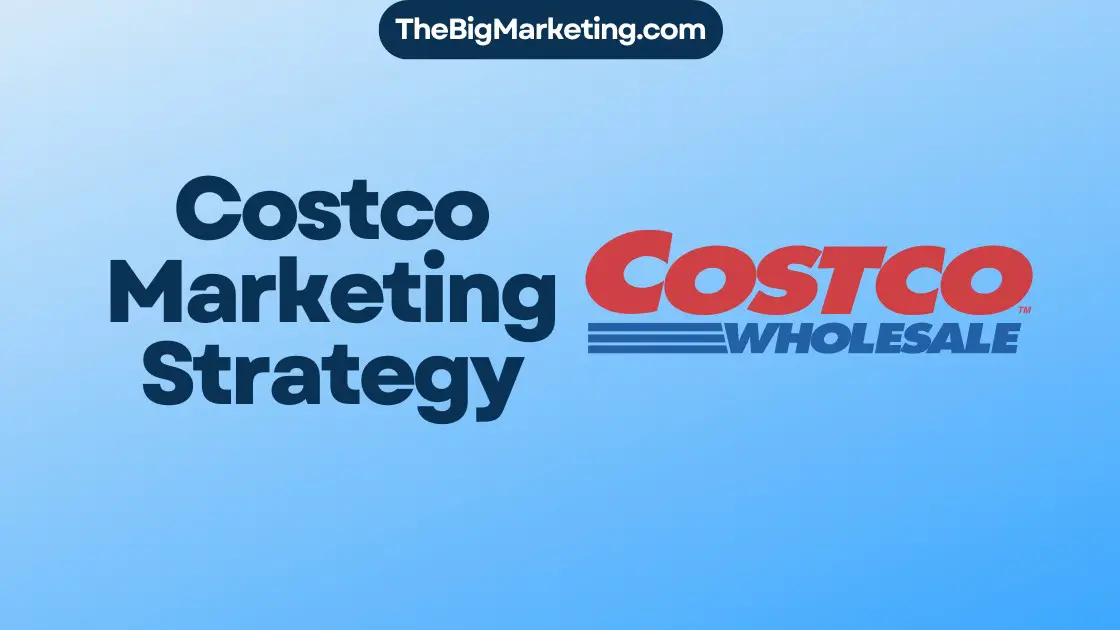Marketing vs graphic design – two important pillars of business strategy and brand development. These disciplines may seem distinct, but they work hand in hand to create effective and impactful results. While marketing focuses on selling and promoting products or services, graphic design utilizes visuals to communicate ideas and establish a cohesive brand identity.
Although there are differences between marketing and graphic design, their interrelation is crucial in today’s business landscape. By understanding the contrast and similarities between these two disciplines, businesses can determine which one is better suited for their needs or embrace the benefits of both.
In this comprehensive guide, we will explore the comparison of marketing and graphic design, uncovering the nuances that set them apart while highlighting the importance of their collaboration. Whether you’re a business owner trying to make the right choice or a professional looking to expand your skillset, this guide aims to give you the insights you need to make informed decisions.
So, let’s delve into the world of marketing and graphic design, and discover how these disciplines can work together to propel business success.
Key Takeaways:
- Marketing and graphic design are distinct yet interconnected disciplines.
- Marketing focuses on selling and promoting, while graphic design uses visuals to communicate ideas and establish brand identity.
- The collaboration between marketing and graphic design is essential for achieving impactful results.
- Businesses can benefit from leveraging both marketing and graphic design to reach their target audience effectively.
- Understanding the contrast and similarities between marketing and graphic design can help businesses make informed decisions.
The Definition of Graphic Design
Graphic design is a creative discipline that leverages visuals to effectively communicate ideas and values. It is an essential component of brand identity, as it ensures a cohesive appearance across various platforms and materials. By using layouts, images, logos, and other visual elements, graphic designers create visually appealing materials that accurately represent a company’s work.
Graphic design encompasses a wide range of mediums, including brochures, flyers, social media images, and website branding. Each element is carefully crafted to convey a specific message and evoke a desired response from the target audience. Whether it’s a compelling advertisement, a beautifully designed packaging, or an engaging website layout, graphic design helps businesses make a strong visual impact and effectively communicate their brand identity.
One of the key roles of graphic design is to establish a cohesive and recognizable brand identity. Through consistent use of colors, typography, and visual elements, graphic designers create a unified look and feel for a brand. This cohesive appearance helps build brand recognition and reinforces the brand’s values and message to its audience.
In addition to brand identity, graphic design also plays a crucial role in conveying complex ideas through visuals. Whether it’s illustrating data in an infographic or designing an interface that enhances user experience, graphic designers excel at finding creative ways to present information in a visually compelling and easily understandable manner.
Here is a table summarizing the various visual elements that fall under graphic design:
| Visual Elements | Examples |
|---|---|
| Logos | Company logos, brand marks |
| Layouts | Brochures, posters, advertisements |
| Images | Photography, illustrations |
| Typography | Fonts, typefaces, text arrangement |
| Color schemes | Palettes, color combinations |
As graphic design continues to evolve, its impact on branding, marketing, and visual communication becomes increasingly important. By harnessing the power of visuals, graphic design helps businesses captivate their audience, foster brand recognition, and convey their message in a visually engaging way.
The Definition of Marketing
Marketing is a multifaceted process that encompasses various strategies and activities aimed at selling and promoting a business’s products or services. It involves a comprehensive approach to reaching and engaging target audiences, driving sales, and building brand awareness. Effective marketing requires a deep understanding of the target market and market trends, as well as the ability to create compelling content and utilize advertising channels to maximize reach and impact.
One essential aspect of marketing is audience research, which involves analyzing demographic, psychographic, and behavioral data to gain insights into the target audience’s preferences and needs. This research allows marketers to tailor their marketing efforts and messages to resonate with the intended audience, increasing the chances of driving sales and fostering customer loyalty.
Content creation and distribution play a pivotal role in marketing. By crafting valuable and engaging content, businesses can establish their expertise, build trust, and attract potential customers. Marketing professionals utilize various platforms, such as websites, blogs, social media, and email marketing, to deliver this content to their target audience.
Another crucial aspect of marketing is advertising. This can include both traditional and digital advertising methods, such as print ads, TV commercials, social media ads, pay-per-click campaigns, and influencer partnerships. By strategically placing advertisements in front of their target market, businesses can increase brand visibility and drive conversions.
The primary goal of marketing is to drive sales and achieve business objectives. This involves developing and implementing effective marketing strategies, setting measurable goals, and analyzing data to track performance and optimize future campaigns. Marketing professionals continuously monitor and evaluate the success of their marketing efforts, making adjustments as needed to achieve the desired results.
Graphic design plays an integral role in modern marketing practices. As the digital landscape evolves, visually appealing and engaging content has become increasingly crucial in capturing audience attention and conveying marketing messages effectively. The collaboration between marketing and graphic design ensures that marketing materials and visuals align with the brand identity and resonate with the target audience.
The Relationship Between Graphic Design and Marketing
Graphic design and marketing are two interconnected disciplines that should be viewed as a partnership. While graphic design focuses on promoting and enhancing a brand’s visuals, marketing is responsible for selling and promoting the brand as a whole. By working together, graphic designers and marketing teams can effectively target their audience, define desired conversions, determine where visuals will be seen, and align messaging with design. This collaborative approach ensures that visuals effectively communicate the intended message to the target audience.
Graphic design plays a crucial role in brand promotion and marketing strategy. It brings the brand’s visuals to life, making them visually appealing and engaging for the target audience. Marketing, on the other hand, ensures that these visuals are strategically positioned and communicated to drive brand awareness, lead generation, and conversions. Together, graphic design and marketing create a cohesive and impactful brand presence that resonates with the desired target audience.
When graphic designers and marketing teams collaborate, they can leverage their unique expertise to achieve optimal results. By understanding the target audience, graphic designers can create visuals that effectively appeal to their preferences and interests. Marketing teams, on the other hand, can provide valuable insights into the brand’s goals, messaging, and desired outcomes. This collaboration allows for the creation of visually compelling marketing materials that speak directly to the target audience, driving engagement and conversions.
Here is a table summarizing the key aspects of the relationship between graphic design and marketing:
| Graphic Design | Marketing |
|---|---|
| Enhances brand visuals | Sells and promotes the brand |
| Creates a cohesive brand identity | Positions the brand strategically |
| Appeals to the target audience visually | Appeals to the target audience emotionally |
| Aligns visuals with messaging | Communicates the brand’s message effectively |
| Focuses on aesthetics and visual impact | Focuses on sales and conversions |
The Importance of Graphic Design in Marketing
In today’s digital age, graphic design plays a critical role in marketing. It goes beyond being a mere advertising tool; it is a powerful means to build and sustain a brand’s visual identity and awareness. By utilizing consistent and targeted visuals, graphic design helps businesses effectively narrate their stories and engage with their target audience. It ensures that every visual element, from captivating social media images to cohesive website branding, aligns seamlessly with the overall marketing strategy and creates a strong and recognizable brand presence.
One of the key aspects of graphic design in marketing is the creation of cohesive branding. Through thoughtful design choices, such as the use of colors, typography, and imagery, graphic design enables businesses to establish a clear and consistent brand identity across various platforms and channels. This cohesion fosters brand recognition and helps consumers instantly associate specific visuals with a particular company or product, increasing brand recall and loyalty. Consistency in branding is particularly crucial in the digital age, where consumers are exposed to countless advertisements and messages every day.
Graphic design also plays a vital role in enhancing visual awareness. In a crowded marketplace, businesses need to stand out and capture attention quickly. By leveraging effective graphic design, companies can create visually appealing and impactful content that grabs the audience’s attention and leaves a lasting impression. Whether it’s a compelling logo, eye-catching banner ad, or beautifully designed packaging, graphic design has the power to make a brand visually striking and memorable.
Furthermore, graphic design is instrumental in effective storytelling. Through carefully crafted visuals, businesses can convey their brand’s narrative, values, and unique selling propositions in a compelling and engaging manner. Whether it’s through infographics, illustrations, or videos, graphic design helps transform complex information into simple and digestible formats, enabling businesses to connect with their audience on a deeper level. Effective storytelling through graphic design grabs attention, elicits emotions, and ultimately drives customer engagement and conversion.
To further illustrate the significance of graphic design in marketing, let’s take a look at the following table showcasing the essential role it plays in different marketing channels:
| Marketing Channel | Graphic Design Benefits |
|---|---|
| Social Media | Eye-catching images and visual content attract attention and encourage social sharing. Consistent branding across platforms enhances brand recognition. |
| Website Design | Visually appealing and user-friendly websites improve user experience and increase conversion rates. Consistent branding builds trust and professionalism. |
| Email Marketing | Well-designed email templates generate higher open and click-through rates. Engaging visuals enhance the overall message and promote action. |
| Print Advertising | Striking print designs grab attention and make a lasting impact. Consistent branding creates a cohesive brand presence across both digital and traditional marketing channels. |
As we can see, graphic design is a crucial component of successful marketing strategies across various channels. Its ability to captivate, engage, and convey messages visually makes it an indispensable tool in today’s digital landscape. By investing in thoughtful and strategic graphic design, businesses can elevate their marketing efforts, effectively communicate their brand story, and create a lasting impact on their target audience.
Leveraging Graphic Design and Marketing for Success
When it comes to achieving success in today’s competitive business landscape, it is crucial to understand the powerful combination of graphic design and marketing. By harnessing the strengths of both disciplines, businesses can create compelling visual communication that resonates with their target audience and drives conversions.
Graphic designers play a key role in the process by using their expertise to create visuals that effectively communicate the marketing message. They understand the importance of appealing to the target audience through compelling design elements and cohesive branding. By leveraging their skills in visual communication, graphic designers can bring the marketing strategy to life and enhance its effectiveness.
Collaboration between graphic designers and marketing teams is essential to ensure that the visuals align with the intended audience and convey the desired message. By sharing information and insights, designers can gain a deeper understanding of the target audience’s preferences and expectations, enabling them to create visuals that resonate and engage.
Metrics and data also play a crucial role in combining graphic design and marketing effectively. By analyzing data and using metrics to guide the design process, businesses can develop a blended marketing strategy that combines the power of visual communication with strategic marketing techniques. This data-driven approach ensures that the design elements are not only visually appealing but also contribute to achieving the desired outcomes and conversions.
The Benefits of Leveraging Graphic Design and Marketing:
- Enhanced visual appeal: Graphic design elevates the aesthetic appeal of marketing materials, capturing the attention of the target audience and making a lasting impression.
- Effective storytelling: Through compelling visuals, businesses can tell their brand story in a way that resonates with customers and builds emotional connections.
- Cohesive branding: Graphic design ensures consistency in brand elements, such as logos, colors, and typography, resulting in a cohesive and recognizable brand identity.
- Increased engagement: Well-designed visuals catch the audience’s attention and encourage them to engage with the marketing materials, leading to higher conversion rates.
- Accurate message communication: Graphic design helps convey complex messages and ideas in a visually intuitive manner, simplifying the communication process.
| Graphic Design | Marketing |
|---|---|
| Visual communication | Target audience research |
| Cohesive and attractive branding | Content creation |
| Effective storytelling | Advertising |
| Consistent brand identity | Driving sales |
The Role of Graphic Design in Brand Building
Graphic design plays a pivotal role in brand building. It goes beyond creating one-off images or layouts for marketing campaigns; it is about creating and sustaining a strong visual representation of the brand. By incorporating cohesive branding and visual storytelling, graphic design helps create a recognizable and memorable brand identity. This ensures that businesses establish a robust and cohesive brand presence that resonates with their target audience.
Through the use of consistent design elements and visuals, graphic design creates a distinctive brand identity that sets a business apart from its competitors. It enables businesses to communicate their core values, personality, and purpose effectively. By utilizing typography, color schemes, and visual elements that align with the brand’s identity, graphic design helps establish a consistent brand experience across various touchpoints.
Visual representation is crucial in brand building as it helps create recognizability. When people see consistent visual elements associated with a brand, it triggers recognition and familiarity. This builds trust and loyalty among consumers, making them more likely to choose and recommend the brand. Graphic design plays a vital role in creating visual cues and establishing a strong association between the brand and its offerings.
Storytelling is another essential aspect of brand building, and graphic design plays a significant role in conveying the brand’s story visually. Through the combination of images, typography, and layout, graphic design helps deliver a narrative that resonates with the target audience. It creates an emotional connection and captivates the audience, enabling them to relate to the brand and its values on a deeper level.
| Benefits of Graphic Design in Brand Building |
|---|
| 1. Establishes a strong and recognizable brand identity |
| 2. Creates a cohesive brand experience across touchpoints |
| 3. Builds trust, loyalty, and recognizability among consumers |
| 4. Conveys the brand’s story and values |

By harnessing the power of graphic design, businesses can effectively build their brands and leave a lasting impression on their target audience. It is crucial to invest in professional graphic design services to ensure consistency, creativity, and alignment with the brand’s mission and values. With a compelling visual representation, businesses can establish a strong brand presence that resonates with their audience and drives success.
Graphic Design and Marketing as a Partnership
In today’s competitive business landscape, the collaboration between graphic design and marketing is crucial. These disciplines form a partnership that not only strengthens both areas but also drives strategic solutions and achieves effective results. By understanding each other’s goals and objectives, graphic designers and marketers can work together to create powerful and impactful campaigns that align with the brand mission.
When it comes to effective marketing, visuals play a significant role in capturing and maintaining the audience’s attention. Graphic designers possess a unique skill set that allows them to create visually compelling content that resonates with the target audience. By involving designers in the planning process early on, marketing teams can leverage their expertise to develop a comprehensive strategy that integrates visual elements seamlessly.
One of the key advantages of graphic design and marketing collaboration is the ability to establish emotional connections with the audience. Graphic designers excel at creating visuals that evoke specific feelings and emotions, effectively communicating the brand’s message and mission. By incorporating well-crafted visuals into marketing campaigns, businesses can enhance brand awareness and build a meaningful relationship with their customers.
Furthermore, the combination of graphic design and marketing ensures consistency and cohesiveness across all brand touchpoints. From website design and social media graphics to print materials and packaging, graphic design plays a pivotal role in maintaining a consistent visual identity. This consistency not only reinforces brand recognition but also establishes a sense of trust and reliability among consumers.
Collaboration between graphic designers and marketers also enables the creation of strategic solutions that address specific business objectives. Designers can provide valuable insights and perspectives that enhance the marketing strategy, ensuring that visuals support the overall brand mission. By partnering with graphic designers, marketers can tap into their creative expertise and leverage their ability to translate ideas into visually captivating concepts.
In conclusion, the partnership between graphic design and marketing is a powerful combination that drives effective results and strengthens the brand mission. By working together, these disciplines can create an integrated approach that aligns visual communication with strategic marketing techniques. This collaboration not only enhances brand perception but also maximizes the impact of marketing efforts, ultimately contributing to the success and growth of businesses in today’s competitive landscape.
Conclusion
In conclusion, marketing and graphic design are two distinct yet interconnected disciplines that are essential for business strategy and brand development. While marketing focuses on selling and promoting a business, graphic design utilizes visuals to efficiently convey ideas and create a unified brand identity.
The collaboration between graphic design and marketing is vital in achieving impactful results. By working together, businesses can leverage the power of visuals and strategic marketing techniques to create compelling and successful marketing campaigns.
Effective collaboration between graphic designers and marketing teams ensures that the visuals effectively communicate the intended message to the target audience. This collaboration allows businesses to align the messaging with the design, determining the target audience, defining desired conversions, and deciding where the visuals will be seen.
By leveraging the strengths of both marketing and graphic design, businesses can create a cohesive and visually appealing brand presence that resonates with their audience. This effective partnership allows for the development of a robust business strategy and the creation of a strong brand identity.
FAQ
What is the difference between Marketing and Graphic Design?
Marketing focuses on selling and promoting a business’s products or services, while graphic design involves using visuals to communicate ideas and create a cohesive brand identity.
How do graphic design and marketing work together?
Graphic design helps to promote and enhance a brand’s visuals, while marketing is responsible for selling and promoting the brand. By working together, graphic designers and marketing teams can align messaging with design and effectively communicate the intended message to the target audience.
What is the role of graphic design in marketing?
Graphic design plays a critical role in marketing by creating visually appealing content that attracts and engages customers. It ensures that every visual element aligns with the overall marketing strategy and creates a cohesive brand presence.
How does graphic design contribute to brand building?
Graphic design helps to build and sustain a strong visual representation of the brand through cohesive branding and visual storytelling. It creates a recognizable and memorable brand identity by using consistent design elements and visuals.
How can graphic design and marketing work together for success?
By understanding the target audience and desired conversions, graphic designers can create visuals that effectively communicate the marketing message. Collaboration and sharing of information between designers and marketing teams are crucial for resonating with the intended audience and creating an effective blended marketing strategy.




